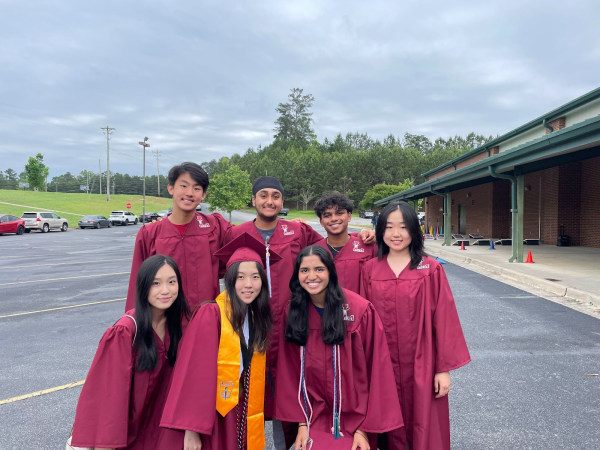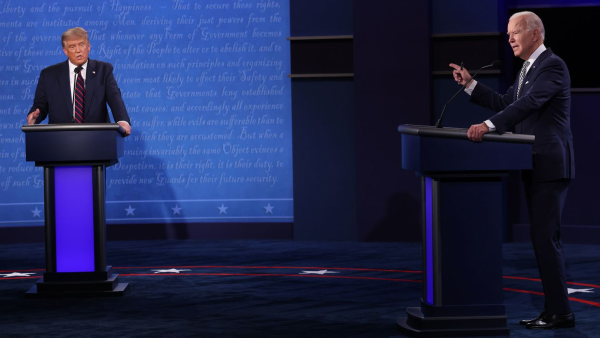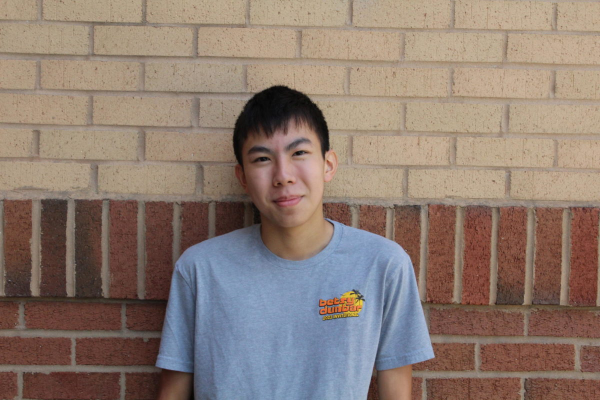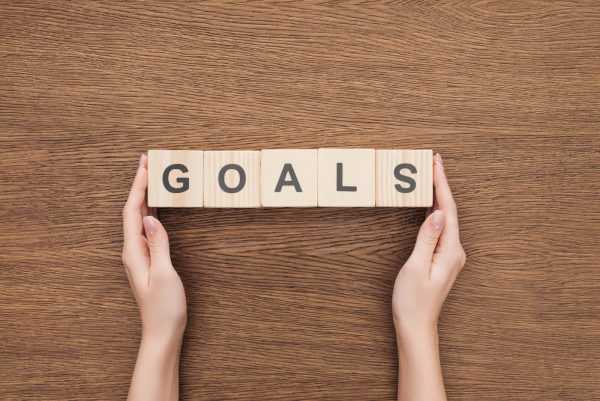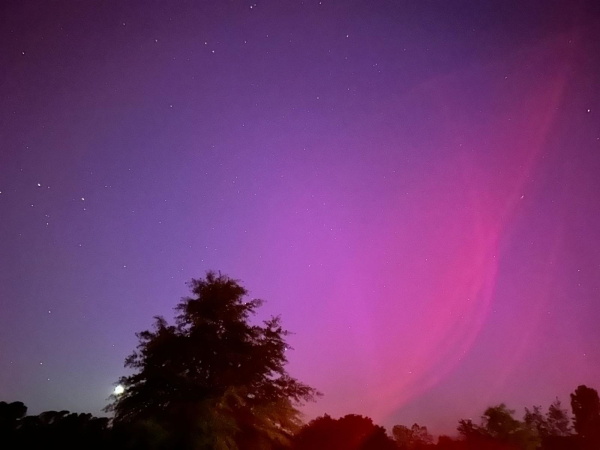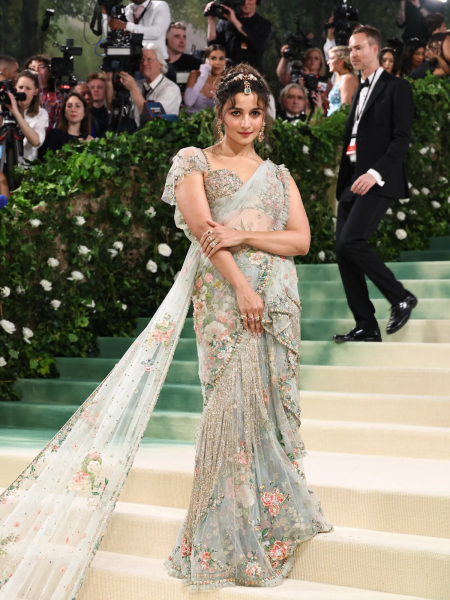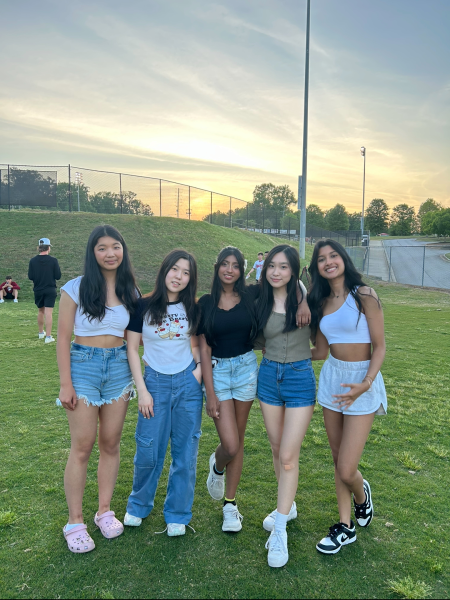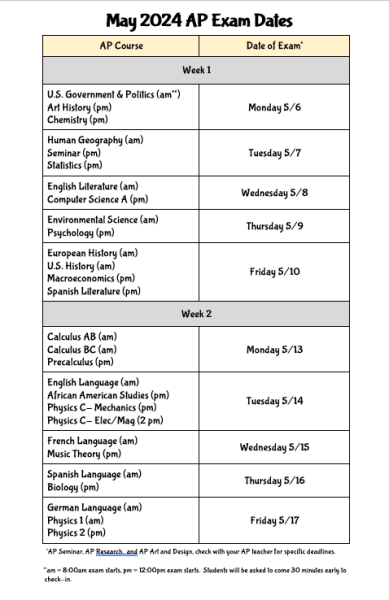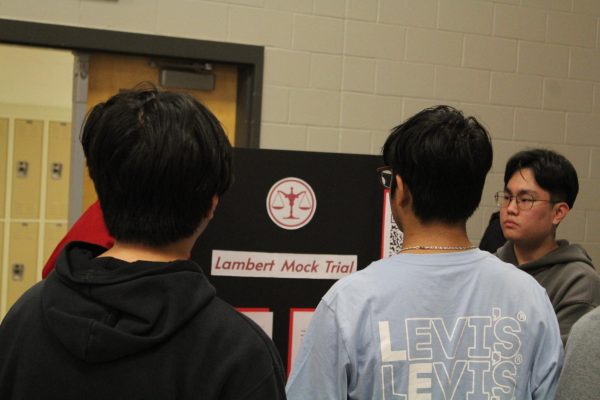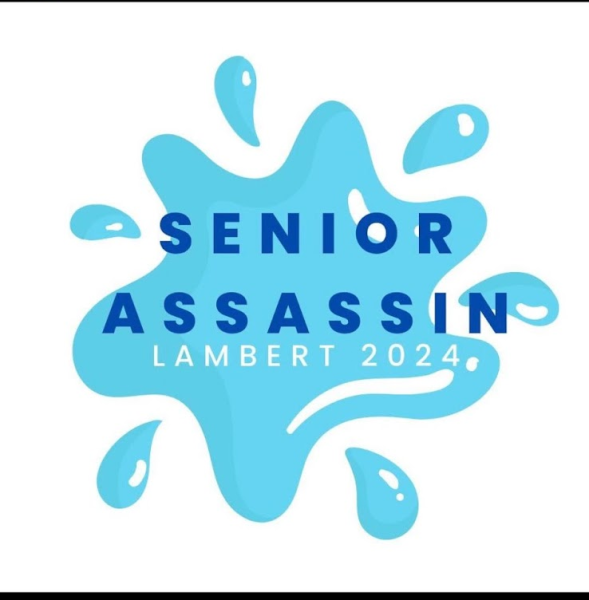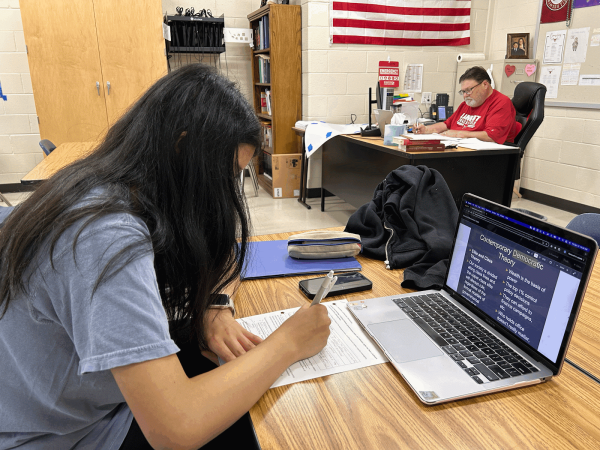The Russia-Ukraine Crisis: Then and Now

This is a map depicting the current situation in Ukraine due to the Russo-Ukrainian wars. Monday, March 7th 2022. The key is able to show The Russian army’s growing control over Ukraine. (Institute for the Study of War from BBC website)
Russia and Ukraine have had a conflict for many years; this conflict stretches back to the Cold War. When the Berlin Wall was knocked down, 15 nations were dissolved from the Union of Soviet Socialist Republics (USSR).
This made Russia, the overall leader of the USSR, less powerful. Another nation that was created was Ukraine. Ukraine became officially sovereign in August of 1991.
As a new country, Ukraine, a former Warsaw Pact nation, wanted to become part of the North Atlantic Treaty Organization (NATO) and rid itself of its communist ties. Many former USSR countries started to join NATO in the 1990s causing NATO’s border along Russian territory to expand. Russia viewed this as a threat.
Ukraine, a country that shares the longest border with Russia, became a NATO partner in 1994. The final step to join Nato would have been in 2013. However, instead of signing the treaty, The former Ukrainian, pro-Russian president ,Viktor Yanukovych, rejected the signing.
Being in NATO would have created more distance between the two countries; even though Russia and Ukraine were separate, they still had similarities. An area in Ukraine called Crimea has a Russian majority population.
Crimea, located in southeastern Ukraine is home to a great supply of hydrocarbon resources and is a major center of trade.
The intersection of the two cultures in Crimea, and the land’s resources increased tensions between the two nations.
Many Crimeans wanted to be part of Russia, however, some Crimeans wanted to be a part of Ukraine. In 2014, Russian forces invaded Ukraine intending to annex Crimea. Vladimir Putin, the leader of Russia, justified his order by explaining that this action would “ensure proper conditions for the people of Crimea to be able to freely express their will,” an interview with the Washington Post stated. Another factor to consider in his goal is that owning Crimea would be strategically beneficial if military bases were put in that area along with the economical benefits. This invasion infringed on the sovereignty of Ukraine as Crimea is within the boundary of Ukraine.
During this period, many protested against the annexation and the war that sparked soon after. In the annexation, six people died; among these people were protesters and soldiers. Other border conflicts also occurred between the two nations. This can be seen in the war in Donbas.
Donbas is a region in south-eastern Ukraine. It is well known for its contribution to the Ukrainian economy; it is a major industrial center with a great supply of coal.
Russian separatists in this area wanted to be a part of Russia. Russia encouraged the separatist’s actions and aided them with weaponry.
Ukrainians were in danger as Yanukovych was strong in his pro-Russian ideals. In February of 2014, Yanukovych was removed from power following the Euromaidan protests, which called for fewer links with Russia.
Yanukovych’s removal only fueled more pro-Russian riots. This chaos helped Russia advance in its Crimean mission.
On March 18th of 2014, Russian and Crimean leaders signed a treaty that formally annexed Crimea. Whether or not Crimea is in Russia or Ukraine depends on who you ask. However, most of the world does not consider Crimea as a part of Russia, as it was forcefully and illegally taken.
Afterward, Russian military presence in Ukraine was increased and nuclear threats were hurled at Ukraine for Russia to maintain its power in the area.
The outcome for the Donbas region in 2014 was separation; Ukraine owned the western faction and Russia owned the Eastern faction. In the aftermath of this war, approximately 14,000 people were killed and around 3,000 of those casualties included civilians.
In the course of this chaotic time, Ukraine went through three presidents. The current president since 2019 is Volodymyr Zelensky.
No matter who was in power, violence between the two warring countries was never extinguished.
In late 2021 and early 2022, satellites captured eerie images; thousands of Russian soldiers and military equipment were near the Ukrainian border. It was also reported that Russia was conducting extensive military drills. This put world leaders on edge.
On February 21st, Vladimir Putin made an announcement; “I consider it necessary to take a long-overdue decision and to immediately recognize the independence and sovereignty of the Donetsk* people’s republic and Luhansk* people’s republic” (Vox.com). Subsequently, Russian troops entered Russian-backed areas in Ukraine.
On February 23rd, 2022, president Zelinsky called for a state of emergency.
On February 24th Putin called for a special military operation to “denazify” Ukraine. Within a few hours, Ukrainian soldiers faced off Russian soldiers and the 2022 Russo-Ukrainian war began.
As war became apparent, people desperately fled Ukraine. All Ukrainians rushed to train stations to escape to nearby nations such as Poland, Hungary, Slovakia and Moldova. Unfortunately, families have been ripped apart and displaced from their homes. Not everyone can leave Ukraine due to a plethora of limitations; some lack transportation, the conditions are too dangerous or have family bedridden in the hospital. However, some Ukrainians have been ordered to stay behind.
Zelensky has called for all males aged 18-60 to stay in Ukraine and fight. These people are your everyday people; teachers, doctors, custodians, lawyers and many more. Those who have stayed behind are defending themselves with rifles, Molotov cocktails, and blocking roads. The Ukrainians have all united together in these treacherous times with the common purpose of saving their people.
Throughout all of this chaos, Zelensky has been making videos to support the Ukrainian people. He and his family have decided to stay in Ukraine to show strength against these attacks.
After a few days, it became clear that this invasion was not only to take the Donetsk and Lugansk region but all of Ukraine. Putin plans to seize Ukraine to consolidate more power.
Russian soldiers have launched missiles, burned buildings, dropped bombs, and are destroying Ukraine. They have outwardly attacked and killed civilians as well. As of now, over 400 civilians have died and over 800 have been injured.
The last time Europe saw so much devastation and refugees was after World War II.
Many Western countries have condemned Putin’s actions and have placed sanctions on Russia to weaken Putin. Many, however, wonder if this will work as sanctions have been put on Russia before in 2014. Countries a part of NATO have also deployed troops to Europe as the war rages on.
Zelensky has asked for more aid, but many NATO countries will most likely not send in troops, as Ukraine is not a part of NATO. Moreover, Russia has sent out threats of nuclear war if other nations are to greatly interfere with the war.
To hear some thoughts on the issue from the American youth, I interviewed Junior Caroline Weiss and Sophomore Lakshmi Jojjavarapu.
Caroline is knowledgeable on many world issues and is familiar with the history of the USSR. When she saw the news she got chills. She expressed to me that she was filled with sadness and anger; she also made it clear that her heart goes out to those who are in danger and struggling.
When I asked her why she makes it her duty to be educated on global issues, her answer was penetrative.
“There are so many nuances to this conflict and many that I will never know, but it is very important to stay informed in order to spread awareness which can help people now and help prevent future conflicts,” Caroline explained.
My history buff interviewee also explained that one could draw so many parallels to other wars in history. This made me wonder whether or not people truly learn from history.
In my interview with Lakshmi, she explained that she knew a lot about the growing Russo-Ukrainian crisis months before the invasion began. She had learned about the history of Russia and Ukraine through the debate club. When she watched the news on February 24th all of the probable issues they had discussed in the debate had become real.
“I was at home…all I could think was ‘what has the world come to?’…I was scared and confused”, she revealed. She also told me she was terrified for her friends who lived in Ukraine.
Throughout the interview, Lakshmi explained what she thought about the war and the possible outcomes of the war.
In the end, Lakshmi hoped for Ukraine to receive help and commended the Ukrainian people for banding together during these horrific times.
In a few weeks, Russia’s encroachment on Ukraine evolved from concerning to disastrous. The state of Ukraine and the entire world is changing rapidly. I urge you to be informed and carefully watch this global situation.
Donetsk* and Luhansk*: Located in the Donbas region occupied by Russian Separatists.
Your donation will help support The Lambert Post, Lambert High Schools student-run newspaper! Your contribution will allow us to purchase equipment and cover website hosting costs.



